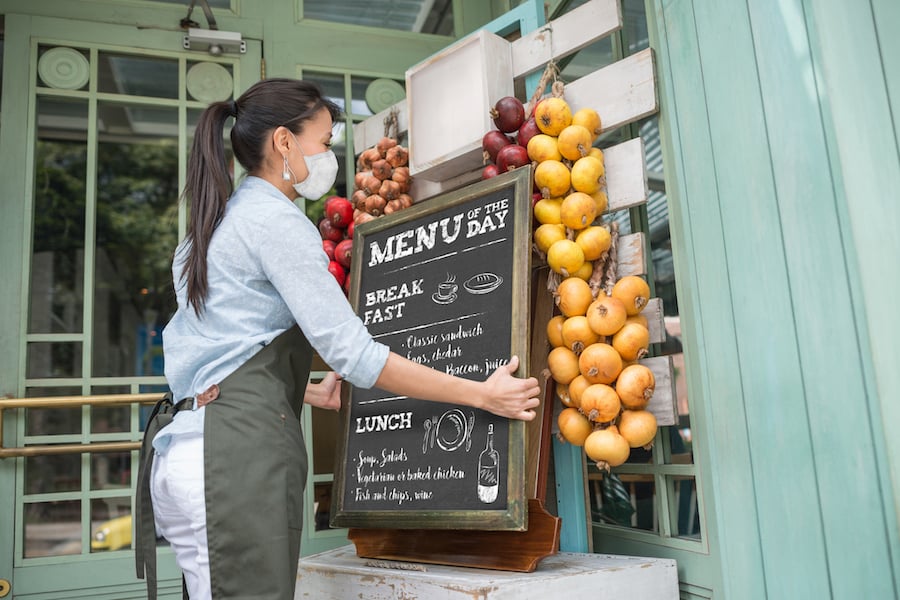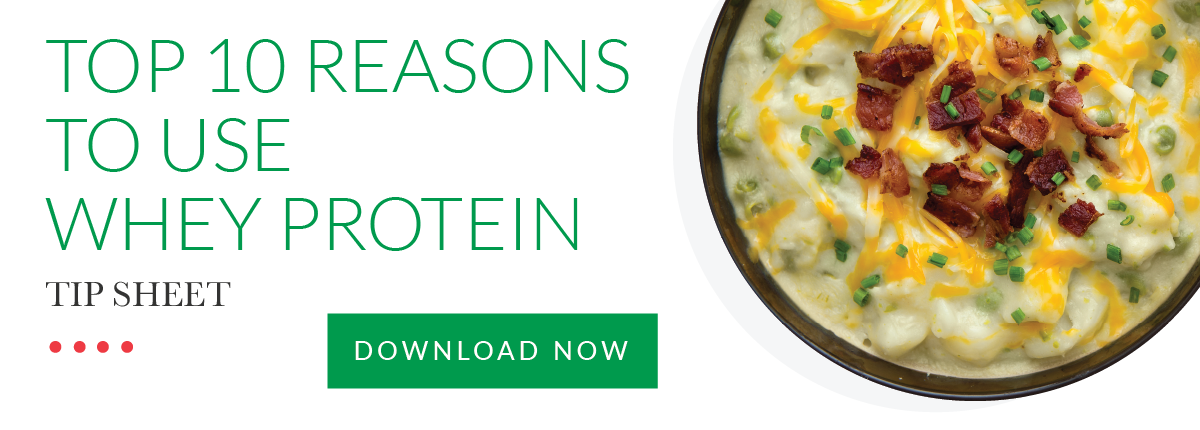 Aside from healthcare, the foodservice industry has arguably felt the greatest impact of the pandemic, forcing many restaurants to close and others to make major changes just to survive.
Aside from healthcare, the foodservice industry has arguably felt the greatest impact of the pandemic, forcing many restaurants to close and others to make major changes just to survive.
The end of 2021 showed promise, recording its highest level of foot traffic in the past two years. With inflation factored in, the foodservice industry is near its pre-pandemic levels with 92.3% of its previous sales. It still has a lot of challenges as it tries to sustain growth and adapt to shifts in consumer behaviors.
Staying one step ahead of the curve is critical for foodservice operators, and aligning with the following 2022 foodservice and restaurant trends can help.
1. Menus Feature Flavor and Functionality
Global flavors and ethnic influences continue to score high among consumers. Expect to see unique flavor profiles with spices like gochujang, tajin and harissa, according to the National Restaurant Association’s What’s Hot 2022 Culinary Forecast survey. They suggest that the top five regions influencing menus this year include:
- Southeast Asian (Vietnamese, Singaporean, Philippine)
- South American (Argentinian, Brazilian, Chilean)
- Caribbean (Puerto Rican, Cuban, Dominican)
- North African (Moroccan, Algerian, Libyan)
- Western African (Nigerian, Ghanan, Western Saharan)
In addition to flavor, consumers want to combine functionality to ensure that what goes in their bodies has something to offer. Food and beverage manufacturers need to consider how their products will promote wellbeing, both physically and mentally. Mood-boosting menu items that help boost cognition include those rich in Omega-3, such as Salmon, nuts and flaxseed. Not surprisingly, immunity-boosting ingredients that are high in protein, like fruits, vegetables and all-natural whey protein concentrate, are making their way into numerous applications.
2. Sustainable Packaging Addresses Climate Change
The demand for delivery and take-out will continue to change the restaurant industry for years to come. But consumers are increasingly concerned that the required packaging, including styrofoam containers, plastic bags, condiment packaging and other materials, will quickly clog landfills.
Topping the National Restaurant Association’s survey of forecasted trends is packaging for off-premise traffic. Restaurateurs aren’t just concerned with reducing packaging waste; they’re also concerned with ensuring that their food quality isn’t impacted and that temperatures remain stable during transport. Expect to see more options in sustainable packaging become available.
There are major opportunities for promoting sustainability throughout a consumer’s experience, not just the use of reusable, recyclable or compostable packaging. Consumers also want the most sustainable ingredients possible with an emphasis on transparency surrounding sourcing and reduced food waste.
3. Robotics and Automation Help to Ease Labor Shortage
The labor shortage will continue to loom in 2022, forcing operators to find strategic solutions. Robotics, once considered futuristic, are now being introduced to perform routine, automated tasks like mixing drinks, portioning ingredients and taking orders.
Still considered a novelty for many restaurants and their patrons, robots may be seen as a differentiator in the market, bringing in curious customers. Advantages of restaurant automation could help outweigh the costs, which have fallen by 40% in the last 15 years. Robots don’t take sick days, are willing to work weekends and won’t call off work at the last minute. Comparatively, many consider the restaurant industry to be behind most industries when it comes to automation. Shifts resulting from the pandemic are forcing many to consider various technologies to improve operations and augment their wait staff.
4. The Return of Event Catering Brings Optimism
Many weddings, conferences, conventions and special events were postponed or canceled in the last two years, having a major impact on the foodservice and hospitality industry. Technomic forecasts a 42% increase in sales in 2022, following a nearly 50% gain in 2021. While promising, the gains only represent about 84% of their pre-pandemic levels — only 76% when inflation is factored in.
Barring further major setbacks from the COVID-19 global pandemic, events that rely on catering and foodservice will slowly ramp up in 2022. Aiding in the recovery may be an influx of commercial real estate resulting from businesses shifting to remote workforces. All that empty property may serve well as food or banquet halls for entrepreneurs looking to make a mark.
5. Simplified Menus Minimize Supply Chain Issues
Reducing or refining menu items and the number of SKUs will continue in 2022 in response to continued supply chain disruption and higher food prices. Technomic reported that the total number of restaurant menu items being offered fell by 10% from their pre-pandemic levels. Regional ingredient sourcing will be more heavily relied upon to ensure availability. Fewer menu items help to minimize supply chain disruptions, and they also help to quell labor costs and ease back-of-house processes.
The use of ingredients that can serve multiple functions and minimize labor is of great interest to operators. For example, sauces are often the most labor-intensive aspect of preparing food, but using restaurant-quality ready-made sauces can minimize prep time and get orders out the door faster. Sauces often elevate a dish to create signature flavors that customers keep coming back for.
The USDA predicts that consumer food prices are expected to increase by as much as 4% through 2022, and wholesale meat prices may increase by 23%. Ingredients used in many sauces, such as wholesale dairy and whey protein concentrate, are expected to remain relatively price stable.
Consider that whey protein concentrates are real, all-natural, clean-label dairy ingredients and are available in multiple shelf-stable forms. Operators can use it to replace milk, cheese, cream, butter, cream cheese, yogurt and even eggs. It aligns with consumers’ desires for sustainable, health-promoting ingredients and can reduce a formulation's costs from 10% to 50%, all while actually improving flavor and texture.
There are many more reasons to consider whey protein concentrate as part of a restaurant’s menu, as outlined in the Top 10 Reasons to Use Whey Protein eBook below. Get your copy today, and contact the food scientists at Grande Custom Ingredient Group for free samples and formulation assistance.




